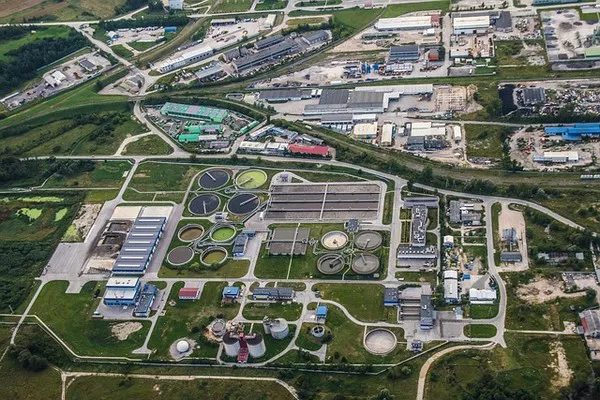Sewage treatment is a crucial process that ensures wastewater is safely returned to the environment or reused in various forms. It involves several stages and methods to remove contaminants from domestic and industrial wastewater before it can be discharged back into natural water bodies or reused for other purposes.
Importance of Sewage Treatment
The significance of sewage treatment cannot be overstated. Without proper treatment, wastewater can pollute rivers, lakes, and oceans, leading to serious environmental and health issues. By treating sewage, harmful pollutants such as pathogens, nutrients, and chemicals are removed, protecting aquatic life and ensuring safe water for human consumption and recreation.
Components of Sewage
Sewage comprises water from various sources, including toilets, sinks, showers, and industrial processes. It contains organic matter, pathogens (disease-causing microorganisms), nutrients (like nitrogen and phosphorus), and various pollutants from household chemicals and industrial waste.
Processes Involved in Sewage Treatment
1. Primary Treatment:
Primary treatment involves physical processes to remove large solids and floating materials from sewage. It typically includes screening to remove large objects like sticks and rags, followed by sedimentation where heavier solids settle at the bottom as sludge, and lighter materials float to the surface as scum.
2. Secondary Treatment:
Secondary treatment focuses on biological processes to degrade organic matter and remove dissolved and suspended biological substances that remain after primary treatment. This stage often uses microorganisms to break down organic matter. Common methods include activated sludge process, trickling filters, and constructed wetlands.
3. Tertiary Treatment:
Tertiary treatment is an advanced stage used to further purify wastewater before it is released into the environment or reused. It targets specific contaminants like nutrients (nitrogen and phosphorus), pathogens, and trace chemicals through processes such as filtration, chemical treatment (e.g., chlorination), and advanced biological treatment (e.g., membrane bioreactors).
Environmental and Health Benefits
Proper sewage treatment offers numerous benefits:
Environmental Protection: Reduces water pollution, protects aquatic ecosystems, and preserves biodiversity.
Public Health: Prevents the spread of waterborne diseases and ensures safe drinking water.
Resource Recovery: Allows for the recovery of energy (biogas), nutrients (fertilizers), and water for reuse, contributing to sustainability.
Challenges in Sewage Treatment
Despite its benefits, sewage treatment faces challenges:
Infrastructure: Aging or inadequate infrastructure in many regions hinders effective treatment.
Cost: High costs associated with construction, operation, and maintenance of treatment facilities.
Emerging Contaminants: New pollutants, such as pharmaceuticals and microplastics, pose challenges for existing treatment processes.
Future Directions
The future of sewage treatment lies in innovation and sustainability:
Technological Advancements: Adoption of advanced treatment technologies like membrane filtration and ultraviolet disinfection.
Resource Recovery: Increasing focus on recovering valuable resources from wastewater, such as energy and nutrients.
Policy and Regulation: Strengthening regulations and policies to ensure comprehensive wastewater management and treatment.
See Also WHAT IS EQUALIZATION TANK IN WASTEWATER TREATMENT
Conclusion
In conclusion, sewage treatment plays a vital role in safeguarding public health, protecting the environment, and promoting sustainable development. Understanding the processes involved helps us appreciate the complexity and importance of wastewater management. As future custodians of our planet, learning about sewage treatment equips us with the knowledge to contribute to cleaner waterways and a healthier environment for generations to come.

